

If you’re wondering how often to do laundry without standing over the washer-dryer 24/7, our guide will help nail the frequency. As much as we’d love for the mound of laundry to sort itself, the next best option is a sensical system.
These smart tips from our cleaning experts on how often to do laundry, including how to separate items, how often to wash your clothes, and what not to mix together, will help clear the path to more living and less worry about laundry.
For the best ways to do washing, our panel of experts offer up their best tips to get your laundry rota firmly on the go.
How often to do laundry — according to cleaning experts
The crux of it is to sort your laundry room or piles of washing by pattern of usage, to include regularly worn items such as underwear, periodic items such as pants, and episodic like ski wear or an outfit for a party.
Our panel of experts is ready to dive in and get bubbling, so our in-house pro shoppers have carefully selected the best cleaning supplies to help you on your way.
1. Frequency by type
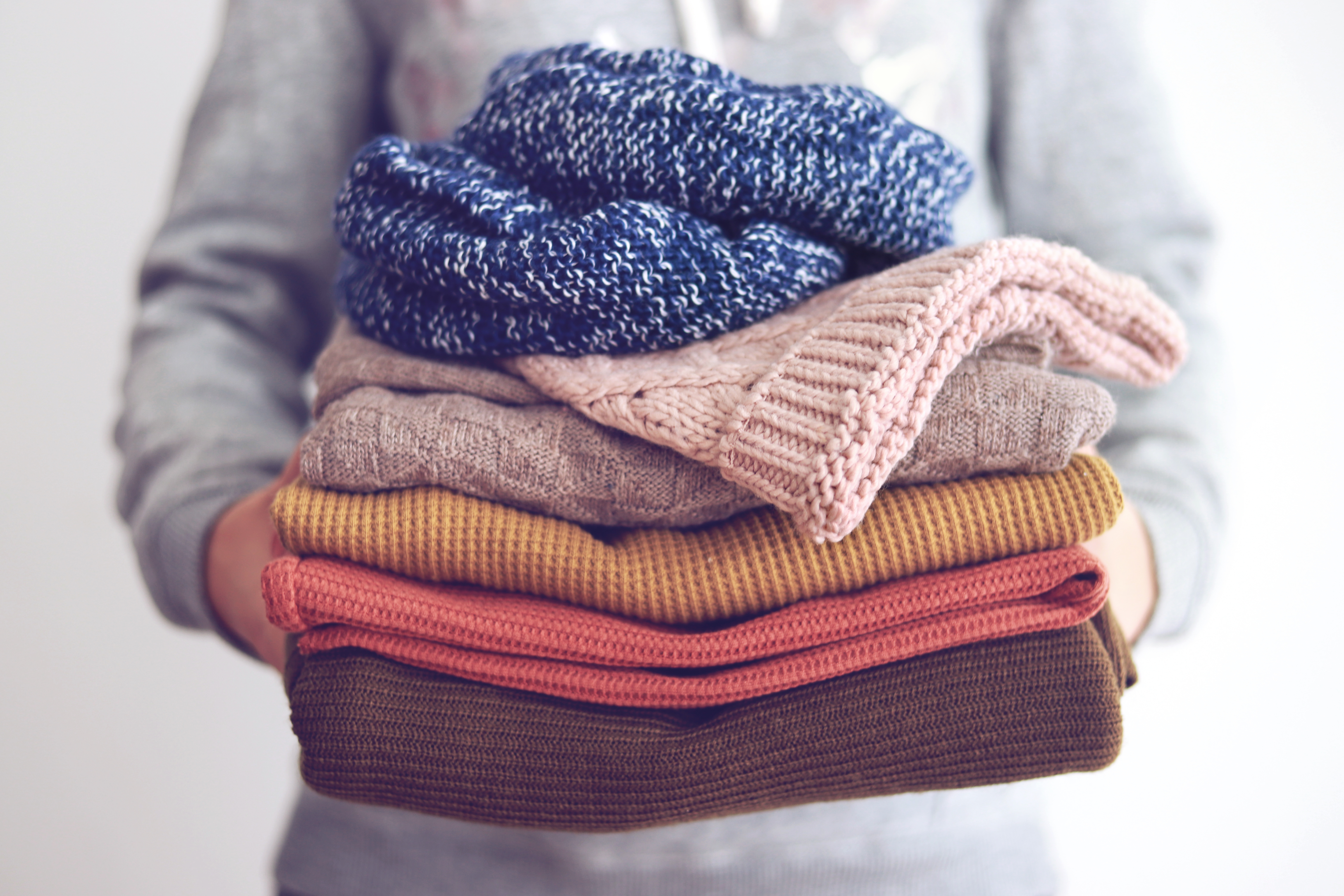
First off, if an item doesn't need a wash every time you wear it, don't add it to the laundry pile out of habit.
Interrogate the need to fully wash jeans, blazers, and sweaters, when airing out, or a spritz of laundry spray (try Febreze's odor-fighting and fabric refresher from Walmart) will negate the need for a full wash and dry.
Next, get to grips with which of your clothes and linens need regular, periodic, or episodic washing. James Joun, co-founder of Rinse, says, "The cadence of laundry is driven by usage pattern."
Items needing regular washing will include undergarments, socks, and items you wear every day. He adds, "Unless you have a limitless supply of these, you'll end up washing these regularly. Since these are generally made of cotton, these can be washed regularly with minimal wear on fabric."
Over time, the fabric of your regularly worn items will thin out, but that's more to do with how much you wear or use them, rather than how many times you wash them.
Household linens (including your best bedding and towels if those are the ones on the go daily) should be washed regularly, at least once a week. Our experts have covered how to keep towels soft, too.
James says, "Periodic items are garments not worn every day, but with some regularity. For example, you may rotate between 3-10 sets of pants. For these, you may not have to wash these garments after every wear, especially if you're working from home."
Episodic laundry will center on clothing worn for events that come around once in a while, such as weddings, activity days, or a trip away.
"These may not be for everyday use so please make sure you're washing the garment according to their laundry symbols," James advises. "If these garments are seasonal (winter clothing, for example) make sure you store them in a cool, dry environment away from sunlight exposure.

James Joun is the co-founder and Chief Operating Officer of Rinse. He is a second-generation dry cleaner and has over 20 years of industry experience having first worked at his parents' store.
2. Separate and load wisely
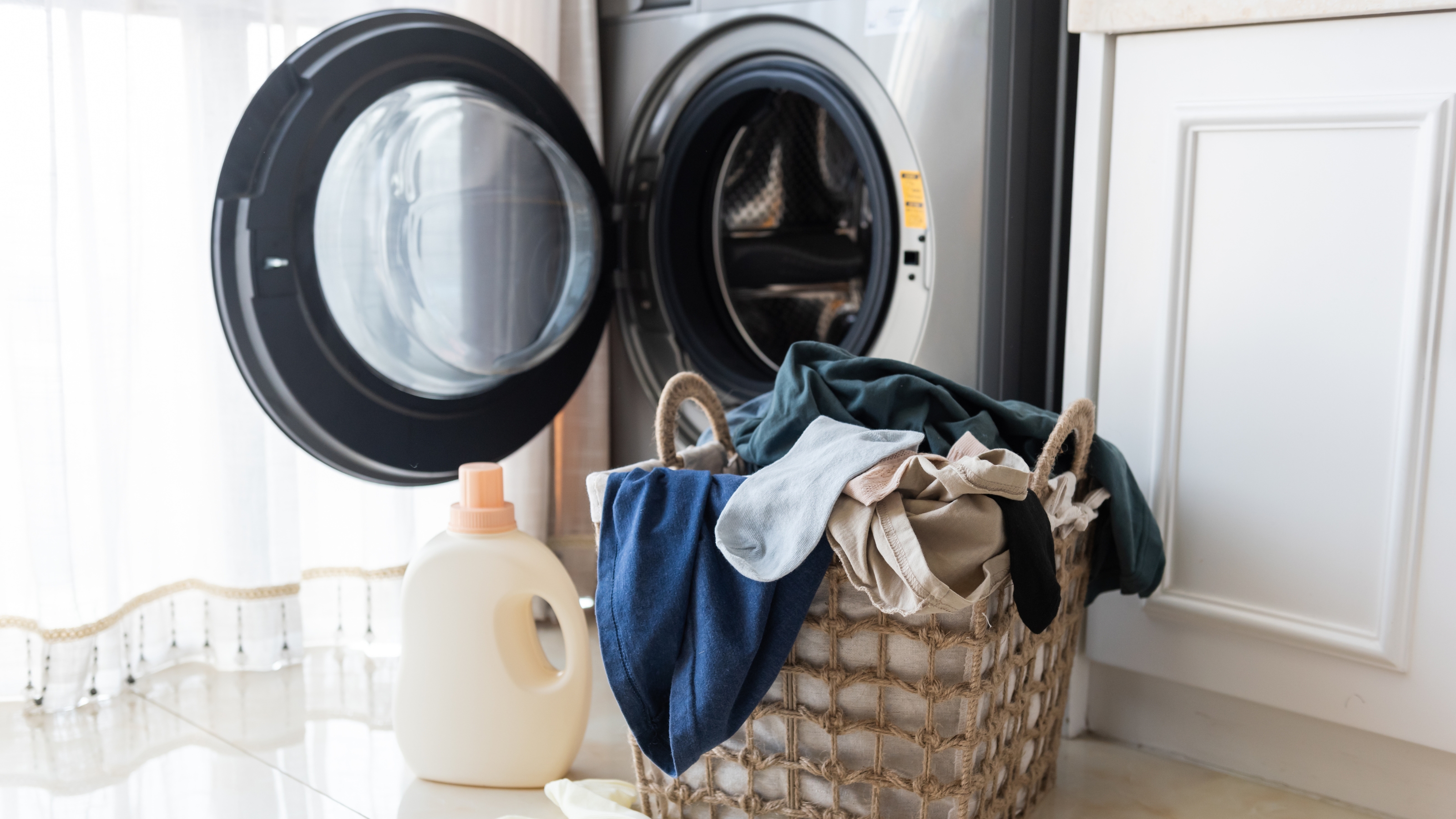
Beyond lights and darks, separate your laundry by how soiled things are (get moving quickly on removing ink stains) and don’t overload your machine to allow the detergent to adequately move around the items.
The best laundry hamper will have separate sections to make this easier.
This might increase how often you do laundry if allowing enough space in the washer means you have to split that big pile of washing waiting by the machine into two separate loads.
In addition, cleaning expert Karina Toner, says, "Keep the extremely dirty items from the mildly soiled and the abrasive from the delicate. Give each garment its spinning space and let the detergent do its dance. A happy dryer is never brimming to the top."
A good measure of whether the machine is overloaded or not is whether or not items are twirling freely. If they're packed in and struggling to move, it's a sign you're likely misjudging how much to wash in one go.
Speaking of optimizing your machine, do give it a regular and thorough sanitization to have it work its cleaning magic the best it can. This will reduce the need to rewash any items.
Karina adds, "Give your laundry some extra TLC, by cleaning your machine prior to running a full cycle. Add a sanitizer to your rinse cycle and bid farewell to 99.9% of bacteria."
You can also learn how to clean a washing machine with vinegar.

Size (in.): H20 x W23 x D15
These wheelable medium sized canvas bins are really handy for their ease of movement and functionality. Load up the laundry from all over your home or apartment, and whizz over to your laundry space for its next spin.

Size (in.): L17.25 x W3.75 x H23.5
Plastic laundry hampers, such as these slim 60-liter lidded and well-ventilated ones are easy to clean and come in eight colors. They're a perfect holding area for stinky, sweaty or soiled clothes
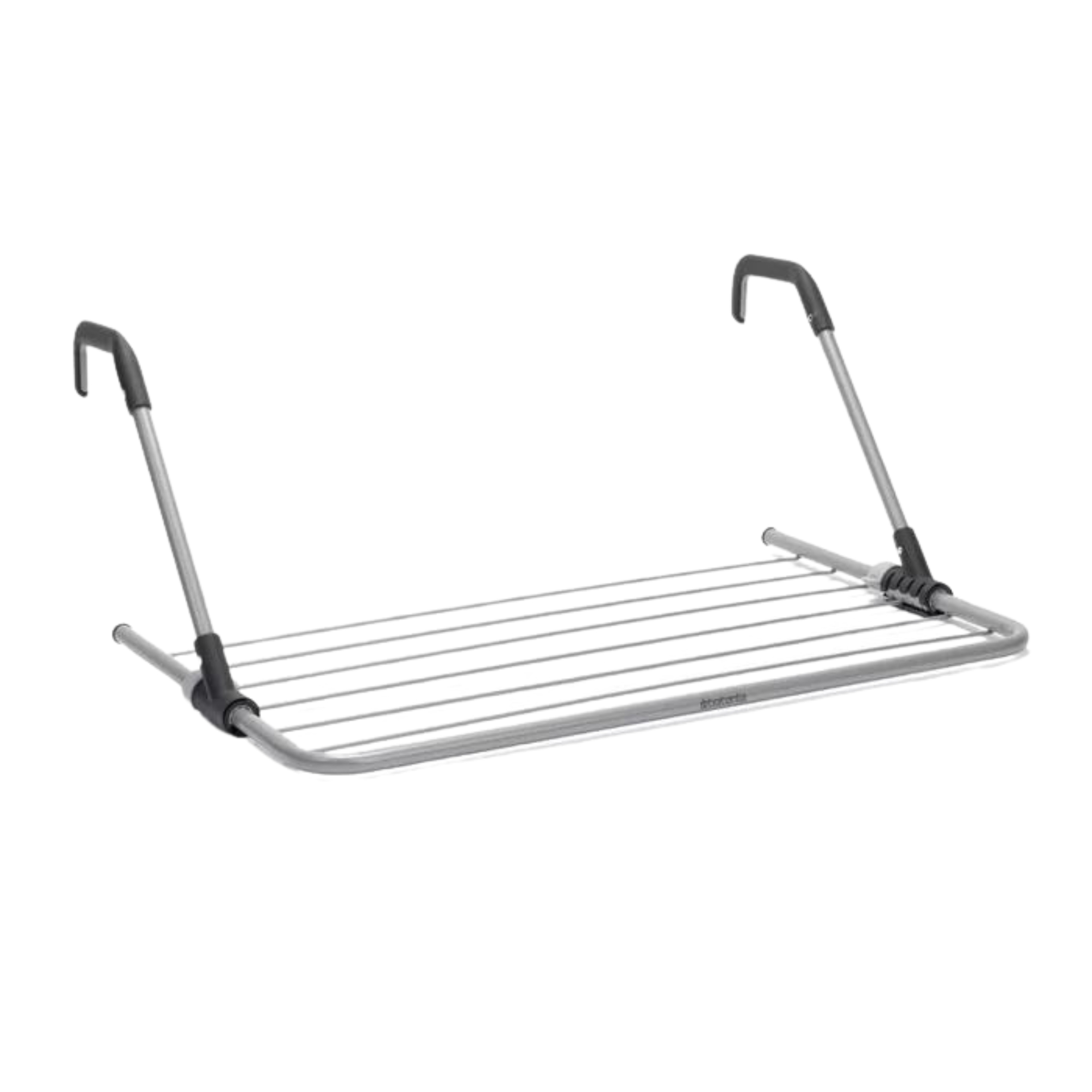
Size (in.): H1.4 x W26.8 D:17.3
This nifty portable, folding, over-the-door drying rack from Wayfair can also be used on radiators, or the back of chairs and packs 14.7 feet of drying space, making it mini but mighty. It's perfect for when you have a few line-dry items to air out and don't want to take up square footage in your home with your full-size clothes rack.

Karina Toner is the Operations Manager at Washington D.C.-based Spekless Cleaning. She has extensive knowledge of cleaning techniques and laundry tips, with her expertise faetured in Reader’s Digest, Forbes, Martha Stewart, and more.
3. Stains and soiling

Don't delay. Tackle stains pronto and if you're grappling with particularly sweaty items (thank goodness for pro advice on how to wash gym clothes), give these priority in your laundry rota.
James explains, "You want to wash these smelly or sweaty items almost immediately. Letting these accumulate in your laundry basket may either lead to mildew growth from the moisture, or the smell may infiltrate nearby pieces of clothing."
If you cannot wash stinky, sweaty or damp items immediately, make sure you dry these out (try line drying) before putting them in your laundry basket to limit the whiff and moisture. We've plenty of laundry storage ideas to help you find the right solution for your needs.
Depending how filthy the garments are, you might decide to use a different detergent to normal. Karina says, "Pick a detergent that suits the occasion. For tough stains, go for the heavy-duty formula (we like this plant-based liquid laundry detergent with stain-fighting enzymes from Walmart as it's hypoallergenic for sensitive skin)."
If you prefer a fragrant formula, the world's your oyster with endless perfumed options from Tide's April Fresh pods available at Target to Method's vegan and cruelty-free fragrance booster in beach sage on Amazon.
Find what works best for you and your laundry needs but do consider eco-friendly detergents. Remember, the longer stains linger, the tougher they become to remove.
Fabric softeners can a touch of luxury to every load (we like Attitude's climate-pledge friendly vegan fabric softener on Amazon) but many items fare better without, including when washing microfiber towels and cloths. Karina uses softeners very sparingly.
James adds, "Your bedding collects your natural body oils, and if you wait too long to wash them, these become very difficult to remove and might even have to be professionally treated at the dry cleaner."
You can use a mix of white vinegar and water to spot-prep stains, or use a specially engineered formula, such as OxiClean MaxForce Stain Remover on Amazon, rated 4.7 stars out of five by shoppers, with over 17,000 great reviews and one purchaser calling it a "game-changer" for tackling stains.
4. Other tips
Having to vary the temperature of your wash might mean an additional wash cycle amongst your normal ones to cater for special washing instructions but it's worth it to avoid common laundry mistakes that damage your items.
Karina explains, "Match water temperature to fabric type. Delicates like wool and silk prefer a cold wash, while hot water is the way to go for stubborn spots."
Don't forget to check all pockets to avoid coins and other loose items causing damage mid-cycle and resulting in a secondary load.
Whilst our guide won't bring a magic fairy to your laundry room or space, we do believe it will help get your laundry requirements into a suitable cadence that is workable for your household.
If you've been a little too liberal with the cleaning agents, our experts have also covered how to get detergent stains out of clothes most effectively.
Join our newsletter
Get small space home decor ideas, celeb inspiration, DIY tips and more, straight to your inbox!

Hi! I'm editor of Real Homes. I've been a senior journalist and editor for national magazines and newspapers for 16 years, specializing in consumer, real-life, and lifestyle articles. I have a BA in English Language and Communication, mentor journalists, and I’m also founding editor of Lacuna Voices, an independent digital platform. I love to cook, add character to my newly-built home, try my hand at DIY projects, keep my collection of plants alive, and make memories with my little family of three. For Real Homes, I specialize in articles on pest control, DIY, declutterring and cleaning, interviewing experts daily for their top tips and product recommendations.
-
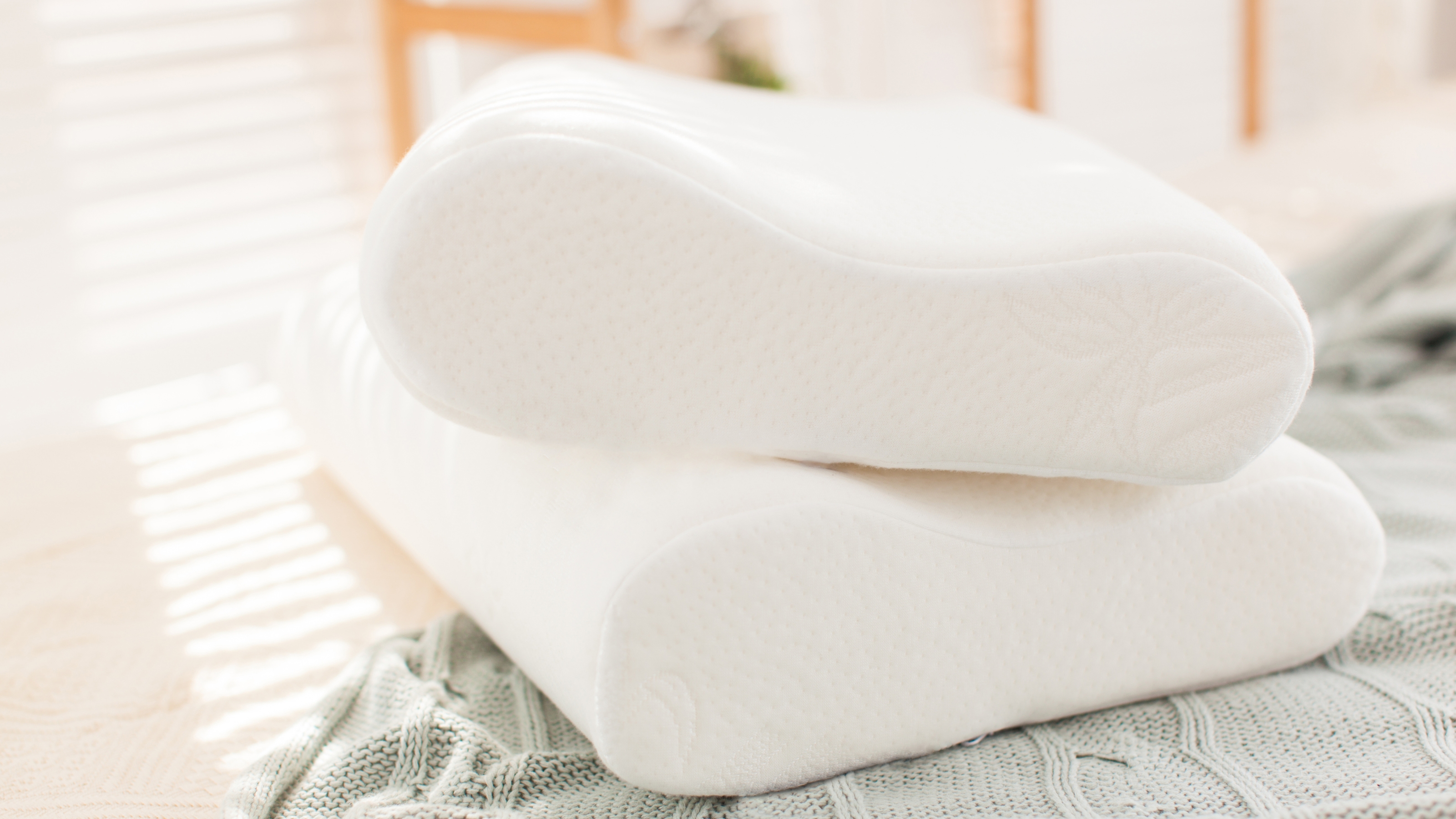 How to clean memory foam pillows — 4 steps to refreshing yours at home
How to clean memory foam pillows — 4 steps to refreshing yours at homeIt's time to clean memory foam pillows the right way with some expert advice. Sleep easy with this simple step-by-step guide to get yours fresh
By Andy van Terheyden Published
-
 How to clean a leather jacket without dry cleaning
How to clean a leather jacket without dry cleaningOur experts break down the best ways to clean a leather jacket at home without damaging the material and dish the best DIY cleaning tips and solutions
By Emily Lambe Published
-
 How to wash feather pillows to keep them fluffy and full
How to wash feather pillows to keep them fluffy and fullLearn how to wash feather pillows at home with our expert cleaning tips. Avoid damaging the feather filling to ensure they stay fluffy and full
By Emily Lambe Published
-
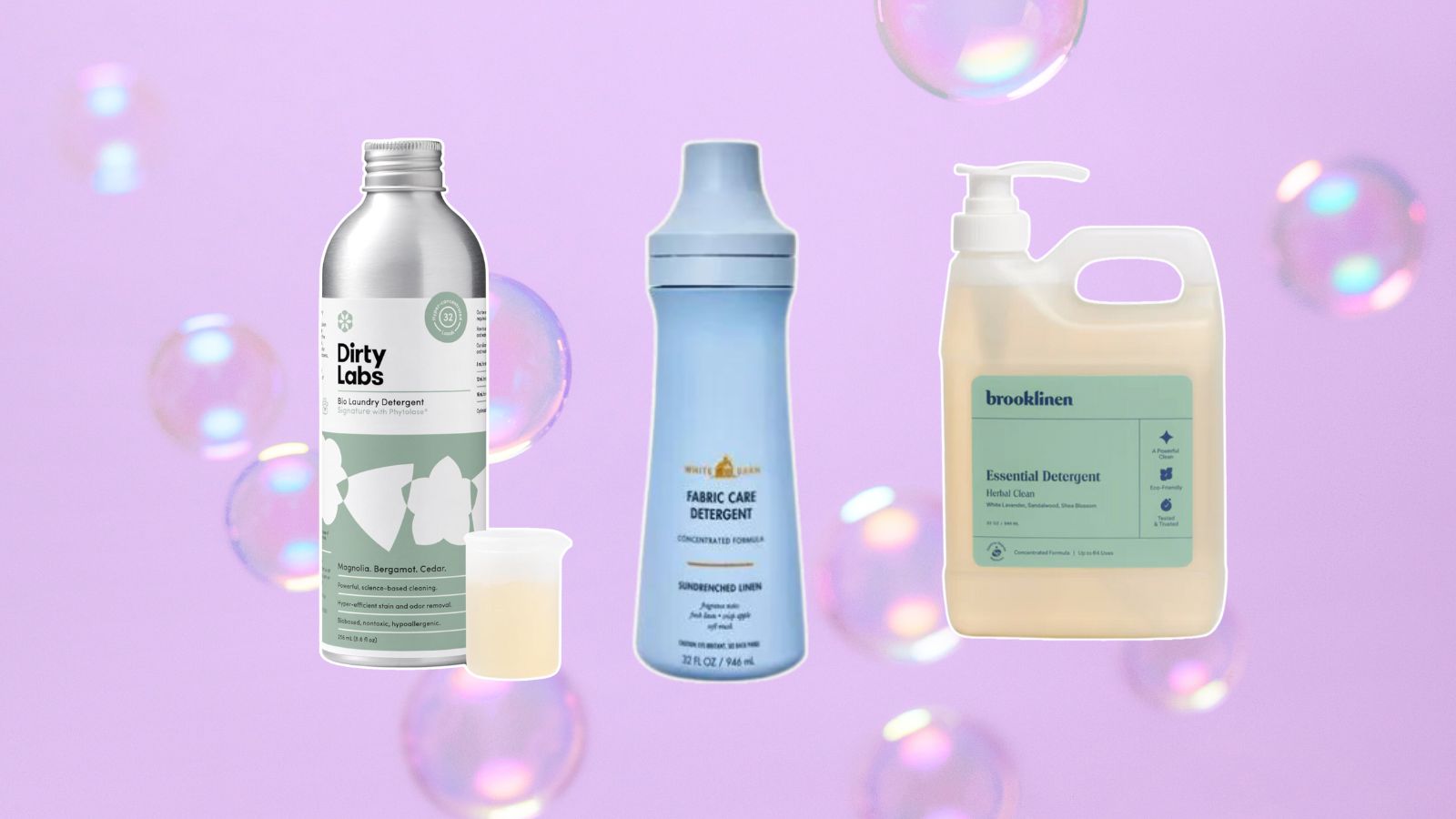 Luxury laundry detergent picks under $30 — including amazing scents and eco-friendly options
Luxury laundry detergent picks under $30 — including amazing scents and eco-friendly optionsLuxury laundry detergents include cleaners, home fragrances, and some eco-friendly ways to make laundry more exciting. We found fun selections for under $30
By Danielle Valente Published
-
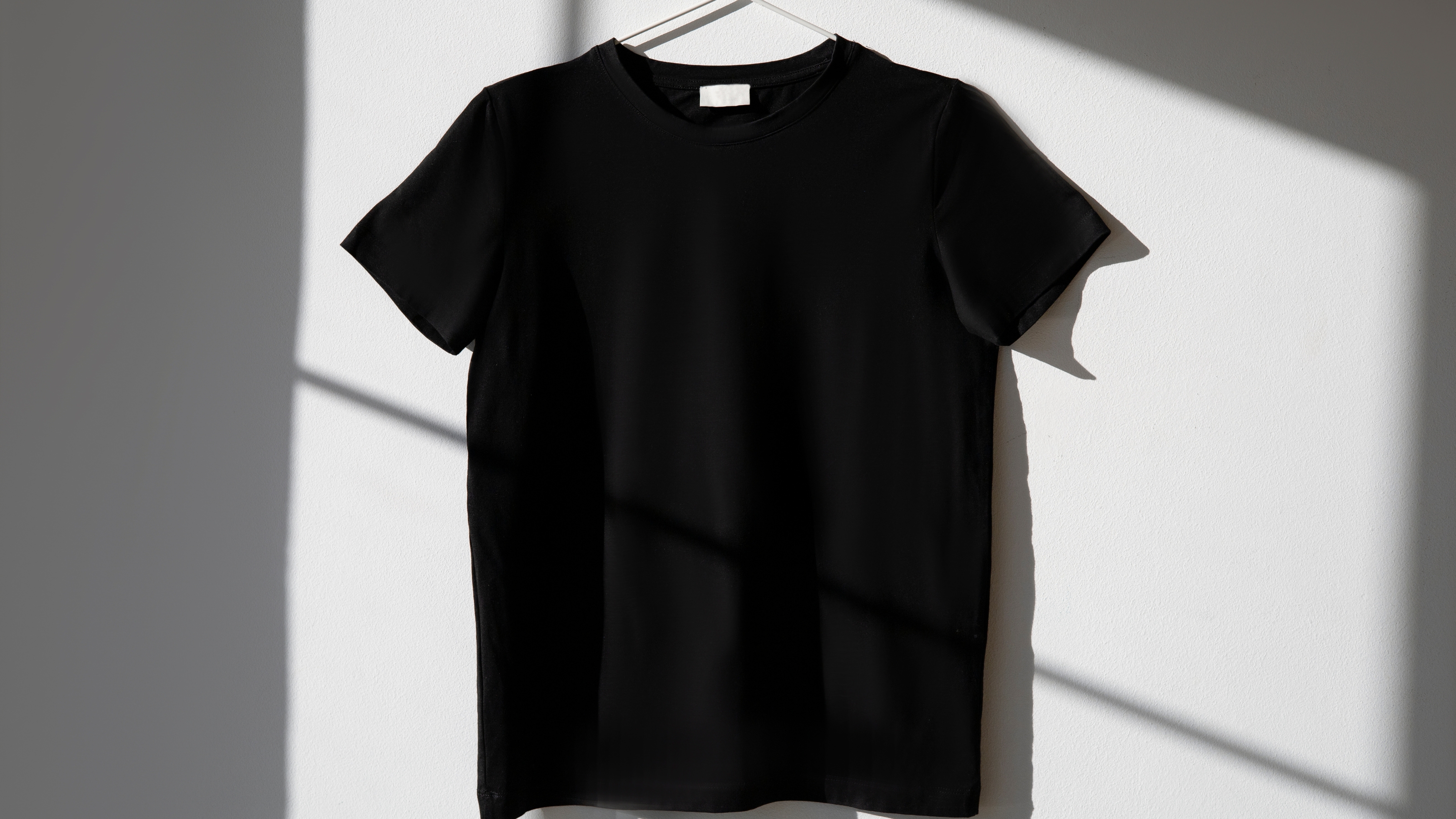 How to wash black clothes and stop them from fading
How to wash black clothes and stop them from fadingSee how to wash black clothes to prevent them from fading with our expert advice. Your darks will look as good as new
By Emily Lambe Published
-
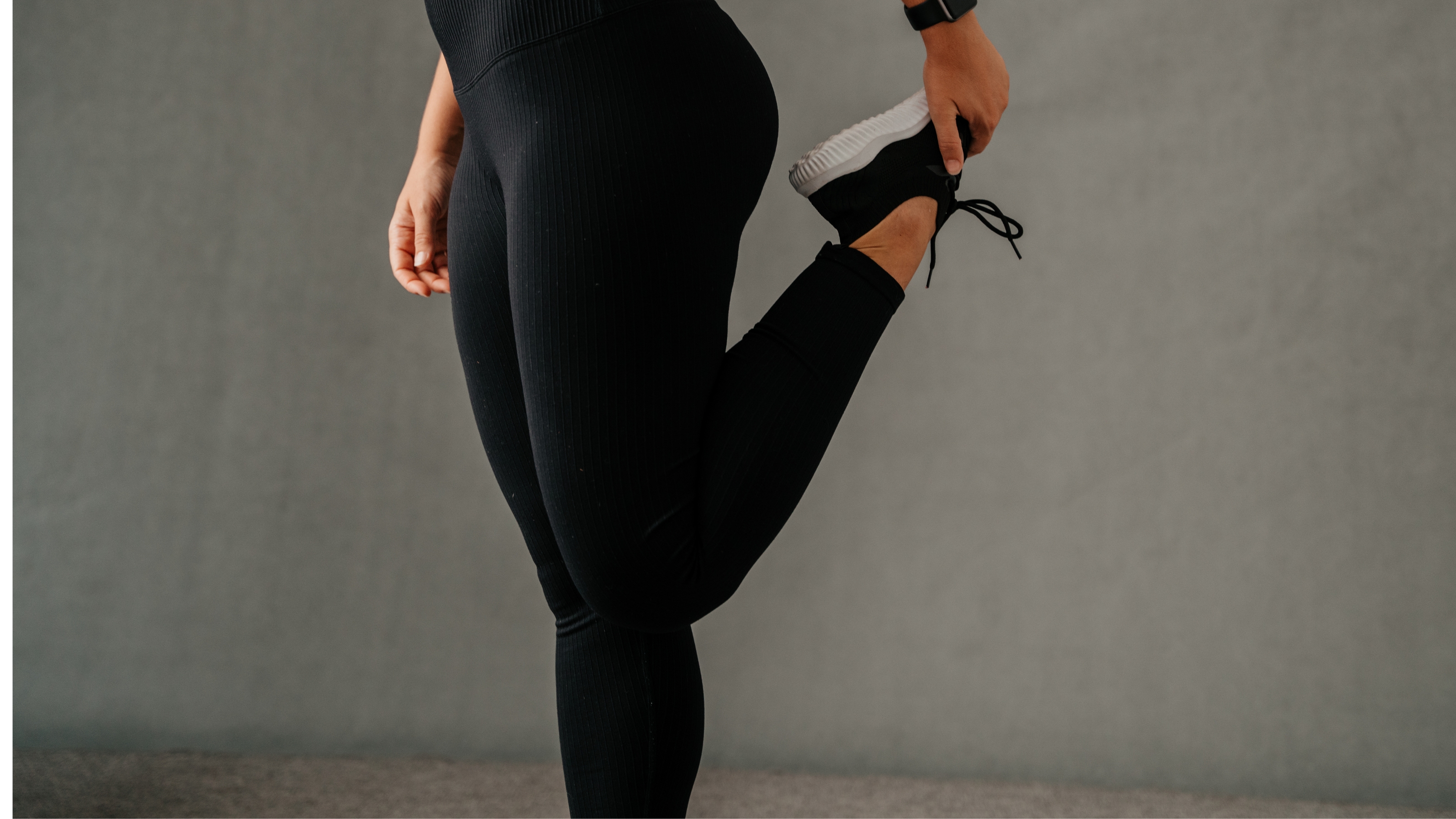 How to wash polyester in a washing machine
How to wash polyester in a washing machineWe asked the experts how to wash polyester without shrinking or damaging the material. Keep your gym clothes fresh and odor-free
By Emily Lambe Published
-
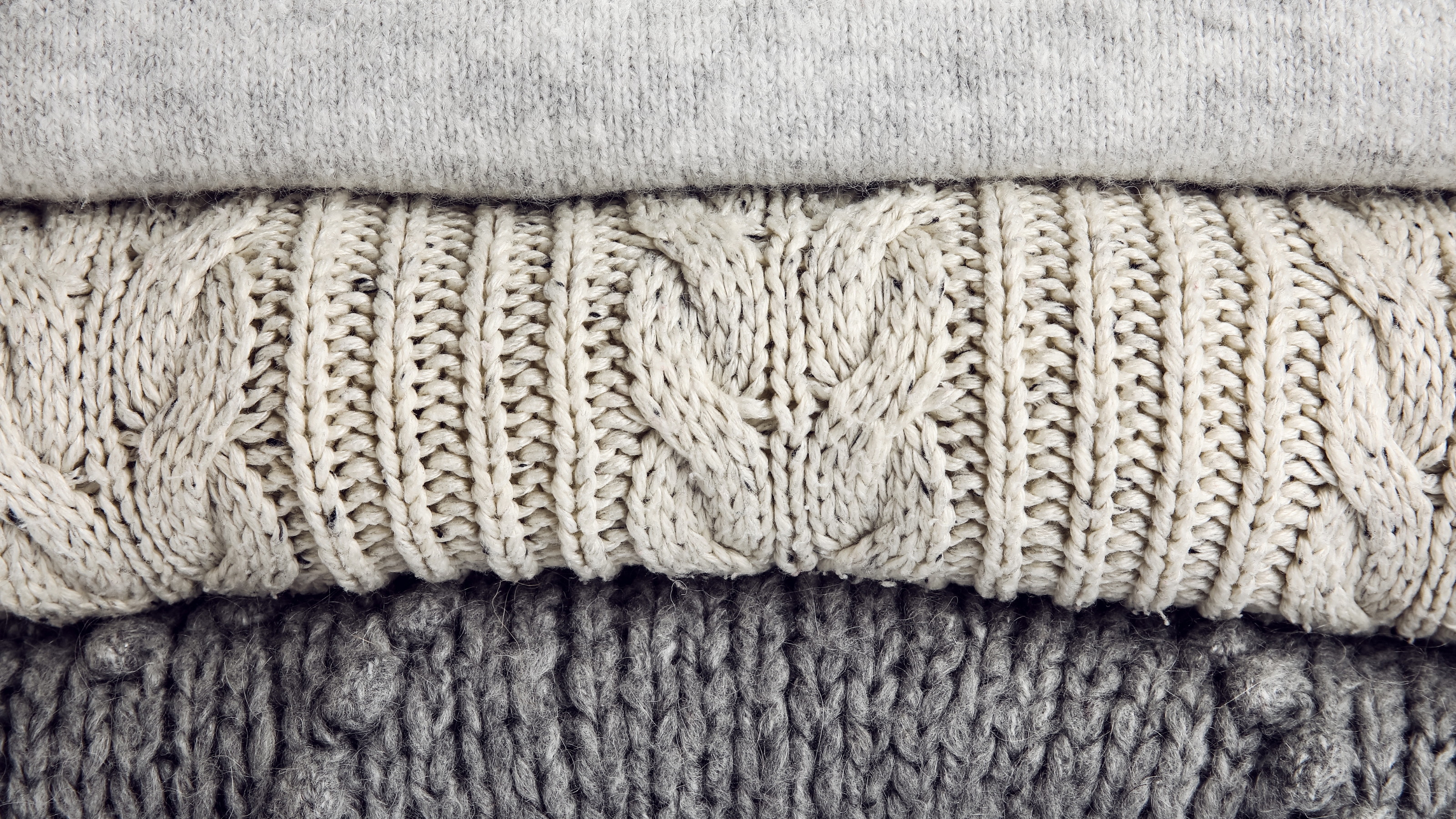 How to wash Merino wool to keep it soft and fresh
How to wash Merino wool to keep it soft and freshSee how to wash Merino wool by hand and in the washing machine to avoid shrinking or damaging the fine material at home
By Emily Lambe Published
-
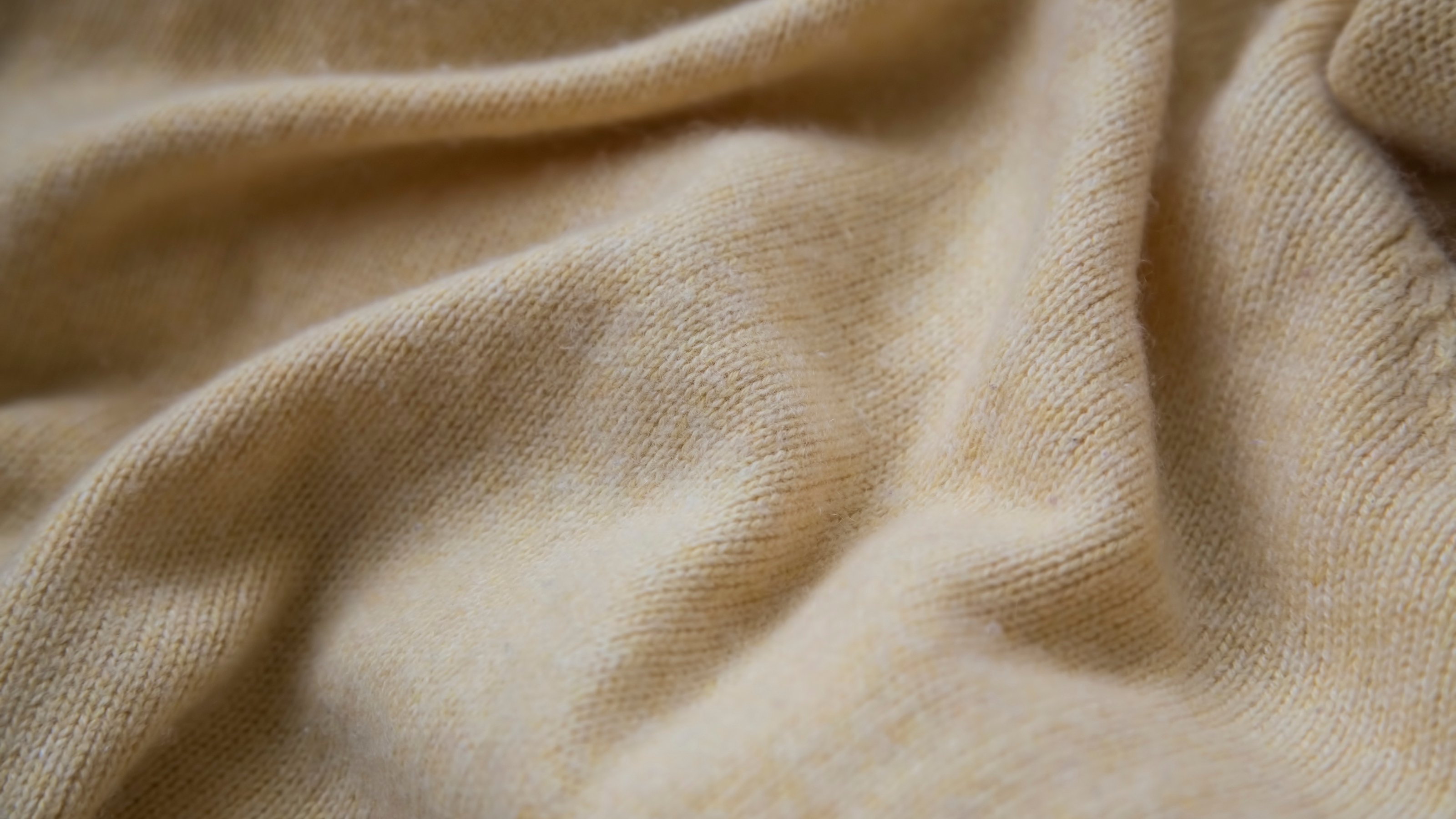 How to wash cashmere without damaging your luxe items
How to wash cashmere without damaging your luxe itemsWe asked the pros how to wash cashmere by hand and in the washing machine, to keep garments soft and cozy without damaging or shrinking the material
By Emily Lambe Published